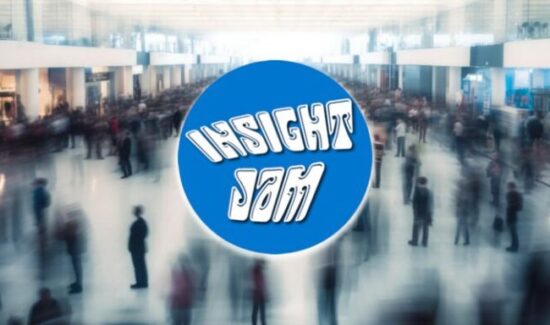Vibe Coding is Transforming Software Engineering: The Emergence of AI Systems is Pushing Enterprises to Shift from Traditional Software Development Practices

ByteSafe’s CTO Raghavan Chellappan offers commentary on how vibe coding is transforming software engineering and why the emergence of AI systems is pushing enterprises to shift from traditional practices. This article originally appeared in Insight Jam, an enterprise IT community that enables human conversation on AI.
Software development methodologies continually evolve to improve efficiency and outcomes and there is a new approach to coding, “Vibe Coding or Vibecode” that is starting to gain momentum. In data-driven, digital environments, an increasing reliance on artificial intelligence (AI), including use of AI agents or Agentic AI adoption, is changing the coding landscape. Enterprises are forced to shift from traditional manual coding-based software development practices to AI-assisted paradigms that leverage natural language processing (NLP) to translate human conversational instructions and convert them into functional code in a process known as “vibe coding.”
Need for Major Shift in Approach to Software Development
As businesses amass vast volumes of data and transition into powerhouse data repositories, they need to build and deploy AI models, which apply machine learning (M/L) and deep learning techniques, to rapidly gain essential insights from their data assets (both structured and unstructured). To handle the large volume of data and achieve the necessary analytical speed, software architects and application developers can no longer rely on writing code from scratch manually. Instead, they need to leverage AI-assisted tools to generate code at speed or “vibe-code” to build AI models.
Value of Vibe Coding over Traditional Coding
Traditional coding methods are based on a structured approach to software programming and require understanding of the application environment, backend systems or architecture frameworks, and knowledge of programming tools and languages. Vibe coding fundamentally differs in that it allows the software developer to engage with AI-assisted tools to generate code at speed or “vibe-code” to solve problems, build fast prototype models or MVPs, and develop software solutions even in the absence of full information about the application environment or necessary tools thereby avoiding the additional time required to gather information and build a solution.
Furthermore, currently in traditional coding approaches, developers need to set up integrated development environments (IDE) dependent on the needed tools, design patterns, architecture principles, and programming languages for the application in question. However, vibe coding accelerates and supports the creation of an AI-powered development environment (AIDE), where AI agents serve as coding assistants making suggestions in real time, automating the tedious process of manually generating standard codebase structures. This allows an enterprise to quickly convert its ideas and concepts into functional and scalable prototypes.
Challenges in Vibe Coding and Value of Human Inputs
To overcome early-stage concerns (e.g., code quality and reliability, security compromises, code maintenance and updates) inherent in prototypes and MVPs, vibe coding allows for iterative development cycles, and cyclical feedback loops to further refine a product (e.g., AI models, LLMs) over time and improve its efficiency and relevance. Furthermore, these iterations can be accomplished at a faster speed compared to traditional coding approaches.
To balance speed with quality as they develop and deliver software products faster, developers can employ cutting-edge approaches (e.g., agile methodologies, high-level programming languages) to optimize the workflow for vibe-coding and continue to ensure code quality while maintaining productivity.
Human-in-loop input and oversight are vital to address challenges in data privacy, security, and safety and cannot be overridden. To avoid potential issues, it is critical to align the development of artificial intelligence solutions with human values and needs and encourage collaboration between humans and machines to apply solutions for the above AI-related challenges as well as address any algorithmic bias, and lack of transparency in AI decision-making.
Conclusion
Vibe coding is still evolving but gaining traction amongst software developers, allowing them to focus on fostering innovation, instinctive problem-solving and flexible coding capabilities. Although potentially transformative, we have a long way to go before AI generated code becomes the norm in software development. Ensuring privacy, security, and safety are maintained as data insights are leveraged continues to be a key area of focus in the responsible use of AI assisted approaches like vibe coding.




